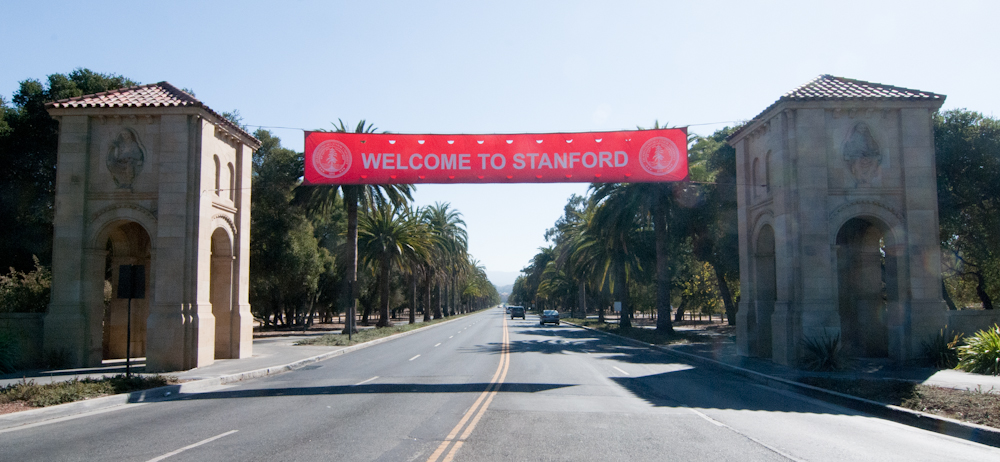Stanford’s Fall Planning Task Force has launched a survey initiative in an effort to incorporate student input into fall quarter plans. The Task Force was convened earlier this month to make recommendations and consider various options for fall quarter and the 2020-21 academic year in the wake of the COVID-19 pandemic.
One such option is starting the academic year in the winter quarter and continuing through summer, said Provost Persis Drell in a recent Faculty Senate meeting. Vice Provost for Academic Affairs Stephanie Kalfayan and Bing Overseas Studies Program Faculty Director and history professor Aron Rodrigue, co-chairs of the Fall Planning Task Force, say the committee is considering five or six scenarios for the fall quarter.
The scenarios range from repeating the measures currently being taken to having everyone return to campus, according to Kalfayan and Rodrigue. Hybrid options being considered include different start times or different modules of instructions for undergraduates and graduate students, along with a mix of online and in-person classes.
Potential start dates for the next academic year include anytime from the usual start of fall quarter onward.
“Variations in-between include hybrid options that affect graduate and professional students differently from undergraduates,” Kalfayan and Rodrigue wrote to The Daily. “We are considering different start dates (earlier and later), shorter modules of instruction and so forth.”
The co-chairs also said that “more scenario planning will have to be done to assess the effect on housing for all groups of students,” including incoming freshman and graduate students planning to move into the Escondido Village residences this fall. Construction on the Escondido Village Graduate Residences halted on Friday, according to Residential and Dining Enterprises.
The primary consideration in deciding fall quarter plans is public health, according to the co-chairs. The committee includes several physicians who are specialists in infectious disease, infection modeling and public health.
“The disease will be present through the next year,” Kalfayan and Rodrigue wrote. “We need to be able to test, do contact tracing and isolate students who become ill.”
Student experiences from this quarter will be considered in the decision-making process via the student survey, according to Kalfayan and Rodrigue.
According to an email from Drell announcing the survey to students, the University is seeking a diverse and comprehensive student response, so that the findings are “as representative of our entire student community as possible.”
“The findings from this survey will help us make critical decisions about future quarters,” Drell wrote.
Rodrigue previously said that a recommendation would likely be presented to the president and provost next month. However, when asked whether that timeline still applies, the co-chairs told The Daily that they will present recommendations “when they feel that they have gathered sufficient information.”
According to Kalfayan and Rodrigue, the committee is consulting with deans and faculties in all seven schools as well other universities.
Stanford’s peer institutions are also waiting to make a decision about fall classes. Yale University President Peter Salovey said the school will announce a decision by early July. Harvard University announced Monday that it would hold classes in the fall, although it has not yet decided whether those classes will be in person or virtual.
Meanwhile, California State University at Fullerton Provost Pamella Oliver announced in a virtual town hall that the school “will at least start virtually.”
Even when students return to campus, precautions and measures to prevent the spread of COVID-19 may change the way campus life is carried out.
In an April 14 press briefing, California Gov. Gavin Newsom said that a return to normalcy in the state is unlikely “at least until we have herd immunity.”
In response to whether the Fall Planning Task Force is leaning toward a decision at this time, Kalfayan and Rodrigue told The Daily that “all options are currently open.”
Contact Esha Dhawan at edhawan ‘at’ stanford.edu.
